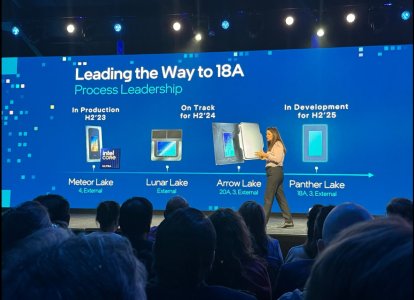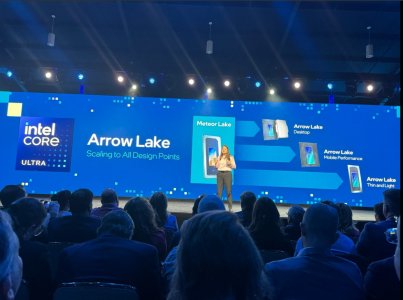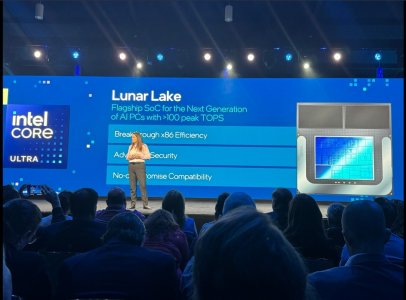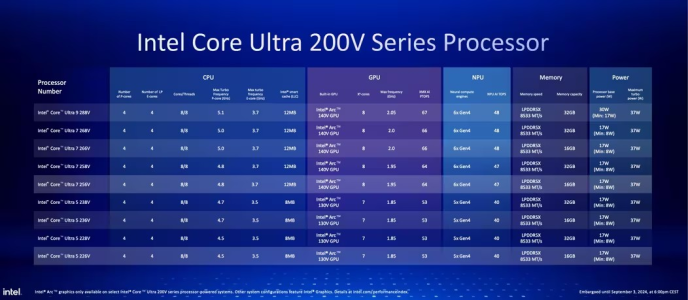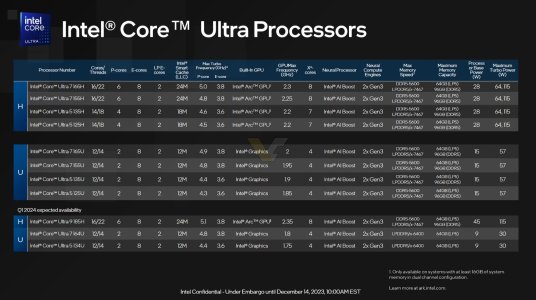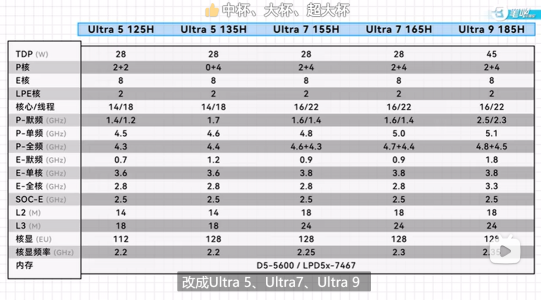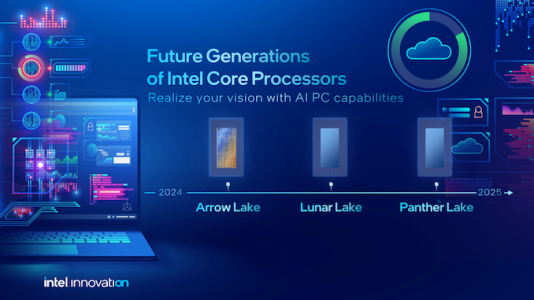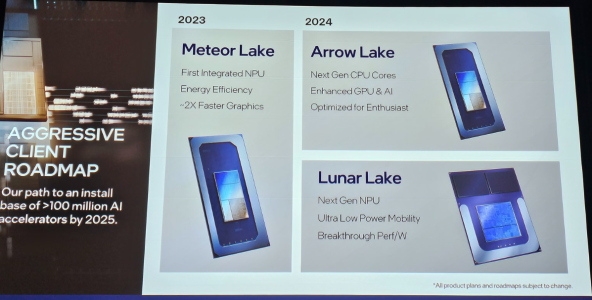Also Intel's plan to sell Big Cache Version now people would definitely buy the 52 Core version
OK, so the contention is that people will buy a processor with lots of cores IF you also pack a bunch of cache on it so it runs fast on ST or low thread MT sensitive applications?
So it isn't the high core count they are buying, its the low thread count performance ..... and they only buy it because you don't offer the extra cache in the lower core count product so you can artificially charge more for the higher core count product?
Seems like a recipe for a major loss of revenue when AMD counters with a 12c24t X3D that equals or surpasses the monster of silicon part from Intel at a fraction of the price.
After reading the Phoronix review of the Epyc 4005, I have to wonder if Intel's dual CPU chiplets part is more targeted at being more competitive in the Entry level server/low end workstation market? The current offering is Raptor Lake with the e-cores disabled against AMD 16 core beasts. Maybe they will do a Nova lake 16 P-core part for that market now?
E Cores "mont based" are horrible at most server loads. Seems like they would need an all P core based product to compete, not simply an 8P+16E CCD. Those P cores would need to support a 512bit AVX data path and SMT to be competitive with the 4005 I believe.
CPUs with more cores need SW that can use those additional cores. And SW that can make use of more cores need CPUs with more cores.
Your claim is that we're currently in a state where (some) SW can use 8C to 16C, but not much beyond that. Now rewind to the 4C area. Similarly some claimed that SW was not making use of more than 2-4C then, so we should not go beyond that. What would have happened if CPU manufacturers had followed that advice? We'd be stuck at 2-4C. And the SW you say nowadays make use of 8-16C would never have been developed.
I can't speak for everyone; however, my claim is that the biggest demand for "more cores" is not in the desktop or laptop market, but rather workstation and data center.
In desktop and laptop markets, the vast majority of applications work best with high ST performance chips with a modest number of cores (8-16) and that low latency memory access through large 3D cache acutally does much more for a consumer here than more cores.
Furthermore, for the situations where there is an appetite for all the cores you can throw at the problem, you ALSO need tons of memory bandwidth beyond what 2 channels can provide (ie, a server/workstation with up to 16 channels of memory to feed it).
No one said that no programs (even on the desktop and laptop) do not benefit from more cores, only that it is a small minority of programs .... that only a small part of the desktop/laptop market users actually use.
